Canon EF 200mm f/2 L IS USM on NEX 7. One lens to rule them all!
But almost all images that I had chance to see, were… amazing? Is that the right word?There is of course also Nikon 200 f2 VR, and I wouldn’t mind to put my dirty hands on it too, but it is 500gr heavier, and in the same price league.There is no rental house here in Prague, where I would be able to rent any of those super fast 200mm either.So, I was waiting… and dreaming… and waiting… and…2 months ago, in one of my favorite local stores, I bumped into real rarity – Ai Nikkor 200 mm f/2S IF-ED with a Century Optics – built-in perfectly circular iris and Hawk anamorphic adapter. The lens in that modification is used for some serious filming, but because it is in the Arri PL mount and have very specific physical parameters, I had to order adapter from US, and it is still on its way.
Waiting two months with a super fast 200 f/2 on my shelf, without chance to try it, was just too much for my addicted mind.
Luckily, just few days ago, I bumped into another offer – barely used Canon gear bundle.
One of the item in the bundle was Canon EF 200 f/2 L IS USM !!! I had to buy whole bundle, but I will sold other items piece by piece, till 200/2 stays alone. Welcome home my boy. Daddy will take care of you, and will never let you go…
Now, I have two amazing 200mm lenses and while Nikkor is waiting for its adapter and its own anamorphic story, Canon jumped on my NEX 7, in a split of a second…
What a duck? Why on the NEX 7 and not on its native big C body? I’ll tell you why – all that Canon is giving us, is it’s face lifted, 10 years old sensor technology, that I simply doesn’t give a shift for. Don’t get me wrong – I do have Canon bodies… I have 5D MII, 1D MIII and now 1Dx. They are all great cameras, and their resolution suffice for almost anything I need.
99.9% I would say. But since I bought NEX 7 and later Nikon D800E, I am just curious to go further. NEX 7 has one of the most dense sensors (in normal formats) still. And you can put almost any lens on it. And finally, there are those amazing Metabones adapters…
You are about to see, some of the sharpest, if not sharpest shots that I ever took. But this post is not only about sharpness…
I would like to share few thoughts about DOF too.
There are many debates on the web about differences in sensor formats and related benefits.
One of those hot and never ending debate, is between APS-C (Sony, Fuji, Samsung, Ricoh etc.) vs m4/3 (Olympus and Panasonic). While the APS-C fan-boys shout about better high ISO, micro fans strikes back with the size/weight (not so significant in fact) difference, better lens selection, in body image stabilization and faster auto focus. Pushed to the corner, APS-C army then pull out heavy gun – shallow DOF!
Does it matter in a real life?
As anything in photography (or in real life?) it depends.
Here is the series of the shots taken with NEX 7 and Canon EF 200/2 L IS USM at all its apertures – f/2 to f/32.
 |
| Sony NEX 7 + Canon EF 200 f/2 L IS USM. All shots at ISO 100 |
To see larger images on Flickr, click here
Looking at those images, I would say that f/2 is just too much. Background is too blurry, and thus my subject isn’t in relation with its surrounding. If I would have to pick the aperture for this situation, I will probably choose f/5.6. m/4.3 will do well here, and APS-C has no real advantage. Unless, you want that completely blurred background of course.
However, things might change, if the background is closer to your subject. And honestly, that happen quite often.
Let’s see that kind of situation…
The background here is much closer and quite complicated. The shallow DOF here, helps a lot, because the subject is nicely isolated, but it still remains in context with its surroundings. In this situation, I would certainly pick the f/2, because that little difference (between f/2 and f/2.8) makes lot of magic. m4/3 will have handicap in such a situation, APS-C is doing well, but full frame will make even more difference.
If you want to see larger files, click here
The magic world of E-mount include also Metabones Speed Booster – the only electronic focal reducer on the market as of today. And not only, we can enjoy wider field of view, we can also get higher shutter speeds and even shallower DOF.
Speed booster transform our APS-C cameras in “almost” FF ones. There is also Metabones Speed Booster for m4/3, but AFAIK it is not electronic yet. Here is what Metabones say about Canon EF to m4/3 SB: “Canon EF lens (but not EF-S) support is planned in the future, but we do not have an estimated date yet.”
But not only that is a problem – Speed Booster makes of m4/3 1.4x crop. “The m4/3 version also reduces focal length by a 0.71x factor. So, the combined focal length multiplier of a m4/3 camera and Speed Booster is 1.4x.” Basically, it will make APS-C from your m4/3, but not even close to FF.
This might matter to you or not, but that’s why I posted those DOF comparisons, so that you can get better idea, what it is all about, when two camps are fighting and arguing with shallow DOF possibility.
One more note – look at f/6.3 on the above sample. That’s basically where you would be able to come with Sony E-mount tele-lenses (recently on the market) – SEL 55210 and SEL 18200. Nothing to rave about.
Back to the SB – how does it compare with a naked 200/2?
Canon EF 200mm f/2 on Metabones Speed Booster, transforms to 142mm f/1.4 on Sony NEX. There is no other lens with that figures (except comparable Nikkor or older Canon 200/1.8 that would be even slightly faster at f/1.3). This is backward comparable with 213mm f/2.1 equivalent of full frame lens. Just a bit of math.
Let’s see in practice what does that mean…
To see larger file, click here
There is pronounced vignetting in the shot bellow with Metabones Speed Booster, but it can be significantly reduced in software if needed. I liked it for this application, and wanted to leave it untouched for the reference.
Vignetting can also be reduced by stopping the lens down. Here is the comparison at f/4.
To see larger file, click here
Next image shows comparison between “Naked” and “Boosted” 200/2, when the FOV is (approx.) equalized. Notice the difference in resulting shutter speed.
To see larger image, click here
Is this the sharpest lens that I had a chance to try? Probably yes. But the sharpness is certainly not all that is important. In fact, for portrait, assuming that you will have lovely and alive model instead of my trusty doll (If you have name proposal for her, please let me know in comments bellow. I think she deserves it, after so many posing hours for free), you (or better said – your lovely model) will probably prefer slightly softer lens.
Showing your love, portrait with Canon EF 200/2 L IS USM straight out of camera, is a good way to end the relation. (But you can always show it to your mother in low, to have some fun. If you are brave enough of course.)
To give you an idea what I am talking about, take a look at this portrait taken with Sony SEL 55-210 f5.6/6.3 lens, already mentioned above.
 |
| Sony NEX 7 + Sony SEL 55-210 f/5.6-6.3 OSS at 198mm and f/6.3 |
Great portrait isn’t it. OK, it could be better composed and slightly better exposed etc. but that belongs to photographer incompetence, not the lens.
BTW, I had some heavy debates about this lens and its performance at the long end wide open. I reacted (I shouldn’t, but it happened) on one post, that was praising exceptional sharpness of this lens at its full range. My experience with the lens was somewhat different. Especially at its long end and wide open, my copy wasn’t all that super sharp as my opponent did claim. I posted few samples in comparison with some other lenses, including very sharp Canon EF 70-200 f/2.8.
As it usually happen, one can’t win forum fight, so I ended up accused of shooting dolls and not real life. Fair enough, lesson learned, no more forum fights (I hope :-))
I think the problem was however somewhere else… I never said that SEL 55-210 is a bad lens. I actually like it a lot. If you forgive me my boring subject above, we might agree, that technically it is a very good picture. As good and as sharp, as I would probably ever need it to have. In this situation, even the moderate speed of f/6.3 doesn’t mind at all, but that is anyway, my biggest complain about this lens.
Otherwise – slightly colder rendition is very pleasing to my eye, and if bright specular highlights in the background are avoided, even bokeh is very pleasing, what do you think?
What you shouldn’t however do, (if you want to have piece in mind and enjoy real life photography with this lens) is to compare it to some other lenses. In direct comparison to EF 70-200 f/2.8 L IS II, it was already pretty clear, that cheap, light kit zoom, can’t contend on the same level. Now, look at this…
Here is comparison of the shot above with the one taken with EF 200/2 L IS USM at f/2…
If you want to see larger image, click here
If you don’t want to click for larger images on Flickr, I’ll made it easy for you. Here are 100% crops form the above images…
It is what it is – one of the sharpest lenses ever made for 35mm camera that weight 2.5 kg and cost approx. 6000 USD vs great little tele-zoom kit lens, that weight 345 gr. and cost approx. 350 USD.
I never claimed nothing more, than SEL 55-210 is slightly soft on its long end wide open. Even stopped down, it never comes even close to EF 200/2 wide open. That’s the fact.
But I am sure, that you will make many more great images with SEL 55-210 than with EF 200/2. Why? Because, most probably that is the lens that you will own, and even if you can afford EF 200/2, you will much more often pick smaller, lighter and versatile SEL 55210. And lens that you have on your camera when it matters, is the best lens in the world…
Getting back to the resolution madness, let me just show you another 100% crop of Canon EF 200/2…
 |
| Sony NEX 7 + Canon EF 200mm f/2 L IS USM at f4. 100% crop |
This is at f/4. Insane…
Finally, here is comparison at infinity against its stable peer – Canon EF 70-200 f/2.8 L IS USM II. I don’t remember where and when, but I did review this zoom lens, or at least I tested it in the studio and in the field. My findings formed my opinion and that still stands… It is one of the very best zooms ever made for any mount, and one of the sharpest too. It favorably compares to some primes in its range and probably even surpasses them.
That being said, it simply comes short when standing against Mr. Monster.
 |
| Sony NEX 7 + Canon EF 200 mm f/2 L IS USM at f/2 (above) vs Canon EF 70-200/2.8 L IS USM II at f/2.8 (bellow) |
Slightly larger image here
While in the center, difference is not that remarkable (but still fairly visible), in the edges, it says all. I must say though, that stopping Canon EF 70-200/2.8 L IS USM II down to f/4 and f/5.6, significantly improves sharpness across the frame and at those apertures it is hard to see differences against EF 200/2.
There is much more about the lens than just resolution. From posted samples however, you can see also some other attributes – great contrast and saturation for wide open, extremely even sharpness across the frame of APS-C, almost lack of CA. I will put some more images later, because i want to take it on the streets, and maybe even in studio with a model. Depends on time…
I hope you had some fun reading this post, and let me know if you have any questions, using comment box bellow.
Please help support this page and upcomming reviews and buy through affiliate links, with no extra cost for you:
Buy on BHPhoto: EF 200mm f/2L IS USM Lens
Buy on Amazon: EF 200mm f/2L IS USM Lens
To help this page survive, your donation will be highly appreciated.

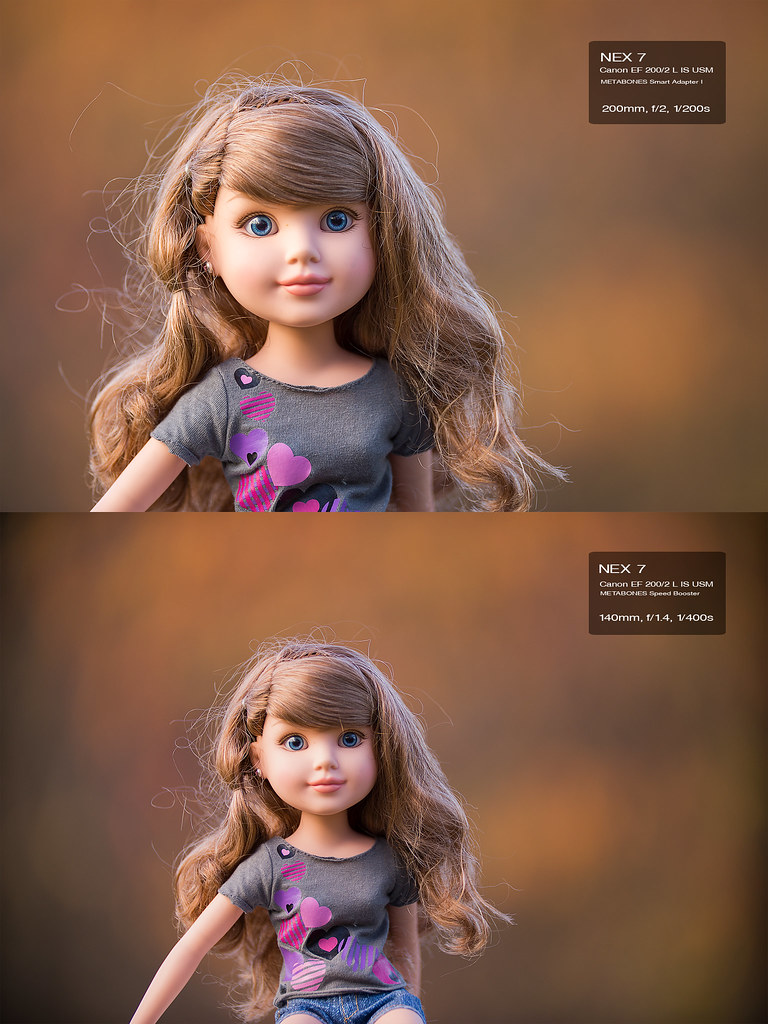


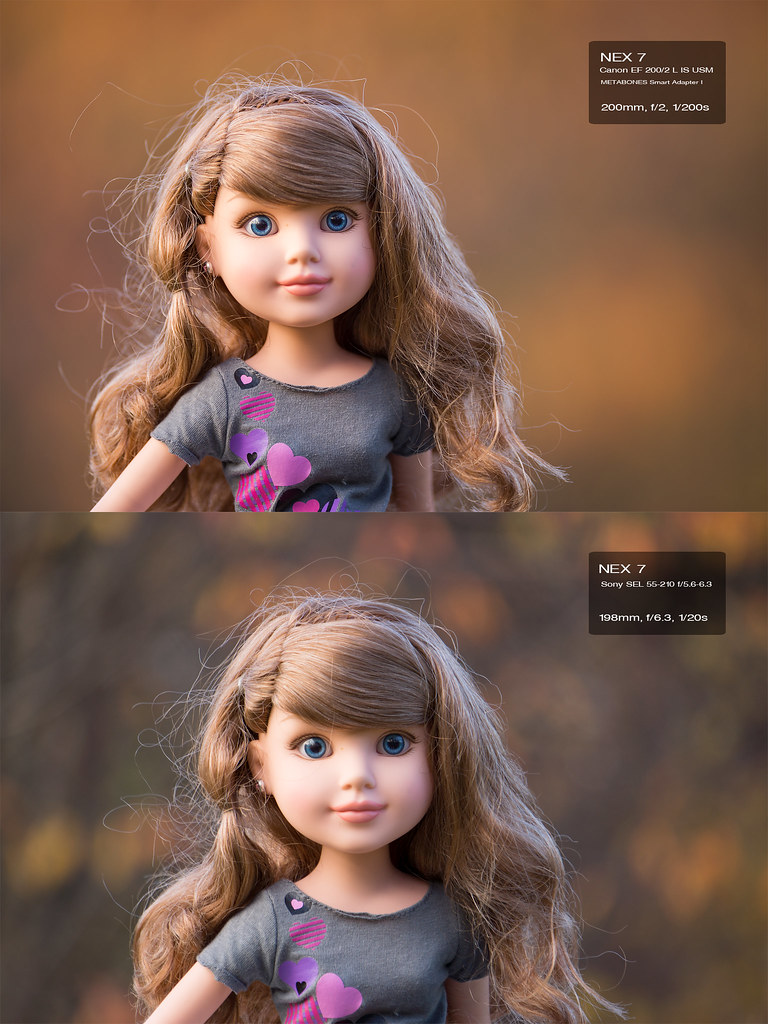

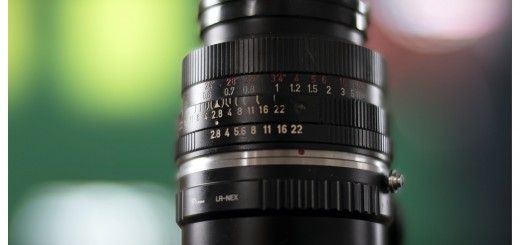
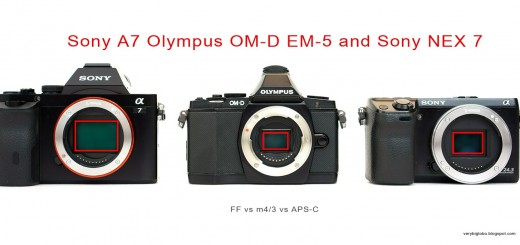
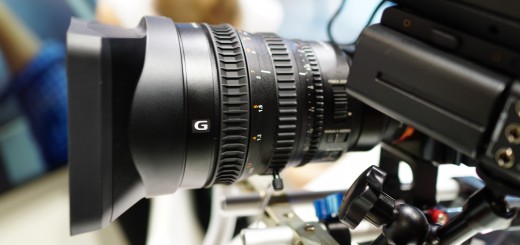











Very interesting, thanks for sharing. So, in summary, does the speedbooster improve sharpness? 🙂
Yes and no… It does increase (but just a little with this lens) center sharpness at the cost of the slight loss of edge sharpness. However, with Canon EF 200 f/2 L IS, the only field relevant difference is FOV and related vignetting with SB wide open.
Thanks for the reply. Nice write up. As for her name, how about Eiri? It means “sharpness” in Japanese 😉
Thank you Martin – Eiri she is. From now on of course. I was afraid that she would stay Dolly Booster as I named her in DPreview 🙂
Hi Viktor –
On DPR you said this was one of your top five lenses. Curious – what are the others? A top ten list would be even better! Loving your work on Flickr.
Dave Panno
Hi David,
Top 10 list is something I’d love to have, it will save me lot of time when I pack for shooting.
However, it always depend on what the job is primarily… Unlike most other pro photographers, I have to shot almost everything to make up for living (small country, not famous name), so my assignments are stretching from real estates, through products, events and up to portraits and budoir. (Except weddings)
For each of those tasks I usually have few favorite lenses. Here is a little overview:
A. Landscape:
1. Loxia 21/2.8 on Sony A7r
2. Any zoom in the range between 16-35mm. Recently I have Nikon 14-24/2.8 (Nikon D800E) and Sony SEL 10-18/4 (Sony A6000). The later is my usual choice if I am hiking or whenever I am not going for the shot prepared in advance. When I have time to revisit the location, to check the weather conditions etc. Than I usually take Loxia 21 (before it was Distagon 21/2.8 ZE).
3. Sony FE 70-200/4 (It very much depends on location, but I often shot landscape with longer focal lengths and for that, this Sony zoom is great).
B Events
1. Canon EF 24/1.4 L II (Canon 1D Mark IV)
2. Canon EF 24-70 f/2.8 L II (Canon 1D Mark IV)
I sold Canon EF 14/2.8 L II since I didn’t use it much
C. People
1. Canon EF 200/2 L IS (Canon 5D MII)
2. Otus 85/1.4 ZF.2 (Nikon D800E or Sony A7 MII)
3. Minolta 135/2.8 STF (Sony A7 MII)
4. Biotar 75/1.5 (Any Sony camera)
5. Voigtlander 35/1.2 Asph.
6. Helios 44 modified.
D. Real estate
1. Canon TS-E 17/4 L (Sony A7r)
2. Sometimes Samyang 8/2.8 fish eye (Sony A6000)
3. I am looking at new Laowa 12/2.8
I hope it gives you an idea about my favorites, but in reality, except for Canon TS-E 17/4 L, where I don’t have alternative, I am always struggling to select what to take with me. (Lenses are just the beginning, there are cameras, tripods, lighting system and modifiers, backpack and tons of little tools and gadgets…)
Cheers,
Viktor
Wow Victor – what a great list. Thanks very much. Please consider making this a blog entry; people would love to see it.
Best to you and my thanks again – Dave